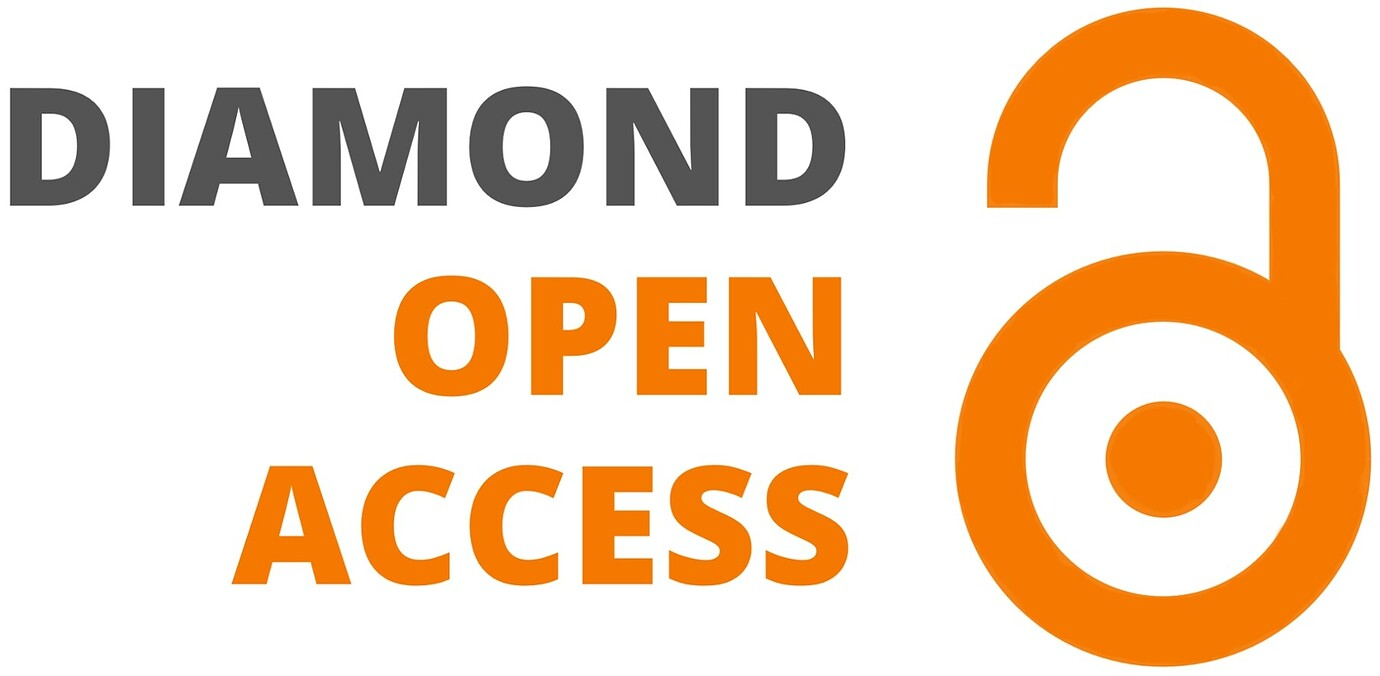Liaison and enchainement phenomena in stuttering and normo-fluent adult speakers
Keywords:
Stuttering, liaison, enchainment, tensionAbstract
Liaison (les [le], ʽthe’ + ours [uʁs], ʽbears’ → les[z]ours [le.zuʁs], ʽthe bears’) and enchainment (une [yn], ʽa’ + autruche [ot.ʁyʃ], ʽostrich’ → u[n]autruche [y.not.ʁyʃ], ʽan otrich’) are two phonological phenomena happening frequently in French between two words, resulting in resyllabation: the first has a consonant in the final of the word and the second has a vowel in the initial. In the enchainment, the final consonant (the consonant of enchainment, CE) is pronounced, whether the word is isolated or associated with a second word (the [n] in u[n]autruche [y.not.ʁyʃ]). The consonant of liaison (CL) is produced only when two words are associated (the [z] in les[z]ours [le.zuʁs]). According to Durand (1936), CL is pronounced with more tension than CE. In addition, stuttering is characterized by an excessive tension which is related to its level of severity. Therefore, we hypothesize that adults who stutter produce more disfluencies on CL than on CE. We also expected that the number of disfluencies should increase with the severity of the stuttering. Furthermore, we verified if the tension could be expressed through the duration of CL/CE. So we proposed a semi-spontaneous production test to a group of stuttering patients and a group of normo-fluent adults French speakers. Results showed that CL were more stuttered than CE and that the percentages of stuttering depended on its severity. In addition, the most stammered resyllabic phonemes are the most tense or even the longest. However, their durations did not depend on the resyllabification process involved but on the nature of the phonemes. Our results suggest that a link exists between the degree of tension of liaison and enchainment, the level of tension of phonemes and that relating to the severity of stuttering. Our study suggested that it would be appropriate to pay particular attention to CL in speech therapy.
Downloads
Published
Versions
- 31-03-2023 (2)
- 03-12-2021 (1)




